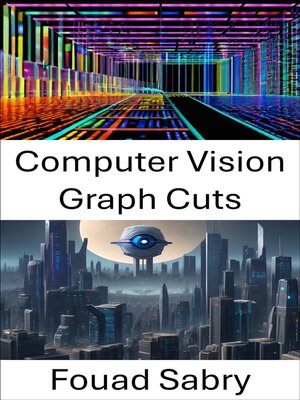Computer Vision Graph Cuts
ebook ∣ Exploring Graph Cuts in Computer Vision · Computer Vision
By Fouad Sabry

Sign up to save your library
With an OverDrive account, you can save your favorite libraries for at-a-glance information about availability. Find out more about OverDrive accounts.
Find this title in Libby, the library reading app by OverDrive.



Search for a digital library with this title
Title found at these libraries:
| Library Name | Distance |
|---|---|
| Loading... |
What is Computer Vision Graph Cuts
As applied in the field of computer vision, graph cut optimization can be employed to efficiently solve a wide variety of low-level computer vision problems, such as image smoothing, the stereo correspondence problem, image segmentation, object co-segmentation, and many other computer vision problems that can be formulated in terms of energy minimization. Many of these energy minimization problems can be approximated by solving a maximum flow problem in a graph. Under most formulations of such problems in computer vision, the minimum energy solution corresponds to the maximum a posteriori estimate of a solution. Although many computer vision algorithms involve cutting a graph, the term "graph cuts" is applied specifically to those models which employ a max-flow/min-cut optimization.
How you will benefit
(I) Insights, and validations about the following topics:
Chapter 1: Graph cuts in computer vision
Chapter 2: Max-flow min-cut theorem
Chapter 3: Image segmentation
Chapter 4: Cut (graph theory)
Chapter 5: Minimum cut
Chapter 6: Watershed (image processing)
Chapter 7: GrabCut
Chapter 8: Random walker algorithm
Chapter 9: Graph cut optimization
Chapter 10: Video matting
(II) Answering the public top questions about computer vision graph cuts.
(III) Real world examples for the usage of computer vision graph cuts in many fields.
Who this book is for
Professionals, undergraduate and graduate students, enthusiasts, hobbyists, and those who want to go beyond basic knowledge or information for any kind of Computer Vision Graph Cuts.







